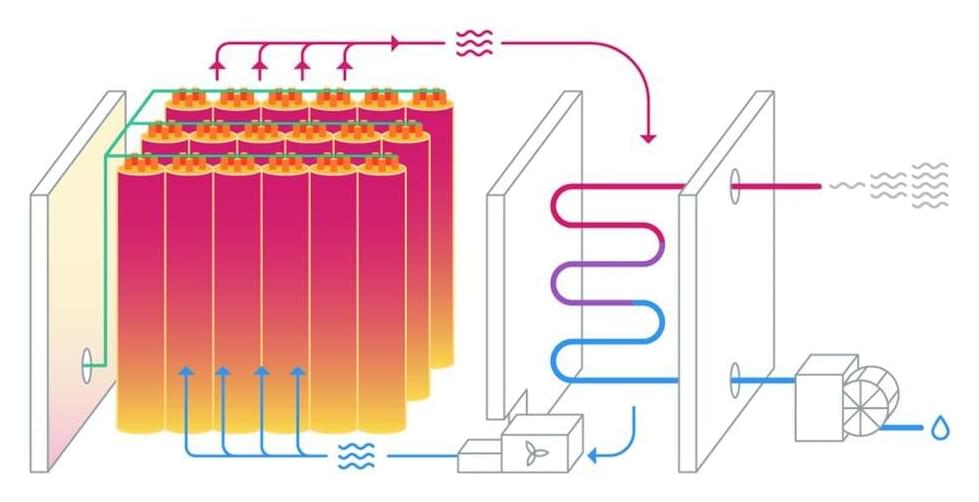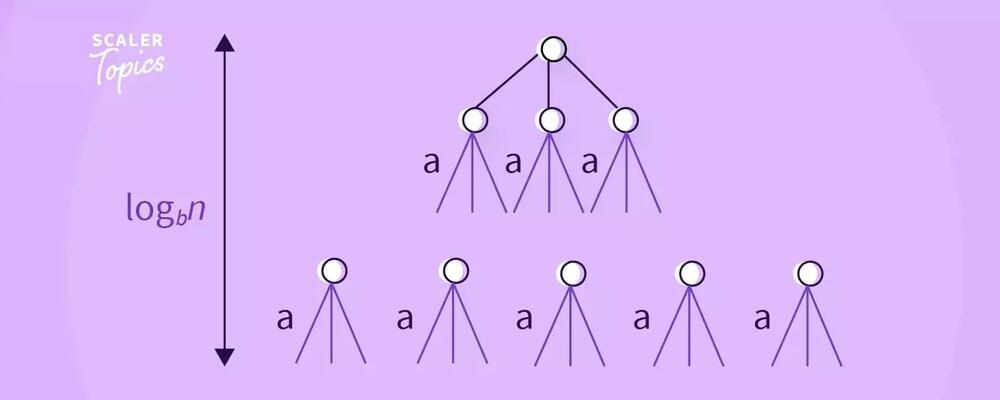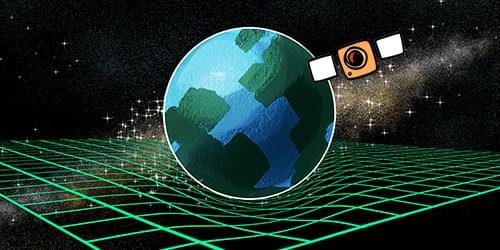Industrial heat consumes a huge proportion of global energy. Rondo Energy says its brick-toasting heat storage device is so cheap and efficient that it makes decarbonization an instant no-brainer across a huge range of industries. Bill Gates agrees.


Source: PLD Space / YouTube.
The new milestone is the culmination of 11 years of hard work, and it paves the way for Elche-based PLD Space to launch its reusable Miura 1 rocket before the year’s end. In a tweet, PLD Space wrote: “Full Mission Test successfully completed. Now, Miura 1 is ready to fly.”



A cartoon illustrates results from the MICROSCOPE satellite mission, which has measured with astronomical sensitivity the falling rate of different objects under gravity.
—Matthew R. Francis is a physicist and freelance science writer based in Virginia.
—Maki Naro is a science illustrator based in New York.



The MICROSCOPE satellite experiment has tested the equivalence principle with an unprecedented level of precision.
At an early age, we have all been taught one of the most counterintuitive facts about the physical world: two objects of unequal mass dropped in a vacuum will reach the ground simultaneously. Galileo allegedly tested this equivalence principle from the top of the Leaning Tower of Pisa in Italy, and so did the astronaut David Scott by dropping a hammer and a falcon feather at the surface of the Moon in 1971. And yet, we may find these observations disconcerting, as common sense would tell us that a heavier object should fall faster than a lighter one. But gravity is a peculiar interaction. To understand this force—and what it might tell us about other mysteries, such as dark matter and dark energy—we need to test it with ever-increasing precision. The new results by the space-borne MICROSCOPE mission have done just this.

An optical tweezer array is a staple tool for trapping and controlling the positions of atoms in quantum research applications. Interfering, counterpropagating lasers can perform a similar function by creating “optical lattices.” The former tool suffers from having a potential that varies from site to site, limiting the ability of the atoms to move around. The latter tool creates uniform potentials but restricts the shape to some predefined geometry. Now Zoe Yan of Princeton University and her colleagues show that they can create arbitrarily shaped, reconfigurable 2D atom lattices with uniform potentials [1]. Such traps are desirable for simulating quantum spin interactions in electronic models and exploring the behaviors of atoms in systems with complex topologies.
Yan and her colleagues create their atom arrays by sequentially adding lines of atoms until the lattice is complete. They load up to 50 cold lithium atoms into an optical tweezer. They then generate the first line of their array using a vibrating transducer, which can break up and deflect a single laser beam such that it turns into a line of light spots. Subsequent lines of the array are made with another transducer, programmed to flash on and off like a strobe light, with each line illuminated for a fraction of the strobe cycle. The result is a time-averaged 2D trap potential, where each site is independently controlled, overcoming the nonuniformity problem that previous experiments with optical tweezer arrays experienced.
Using their technique, the team has created rectangular, triangular, and octagonal-ring-shaped arrays of atoms, which they say could be used to explore the behaviors of exotic states of matter, such as chiral spin liquids.
